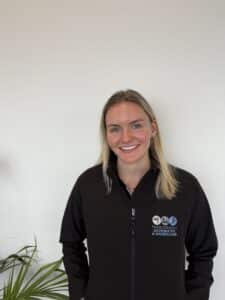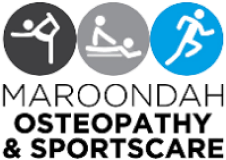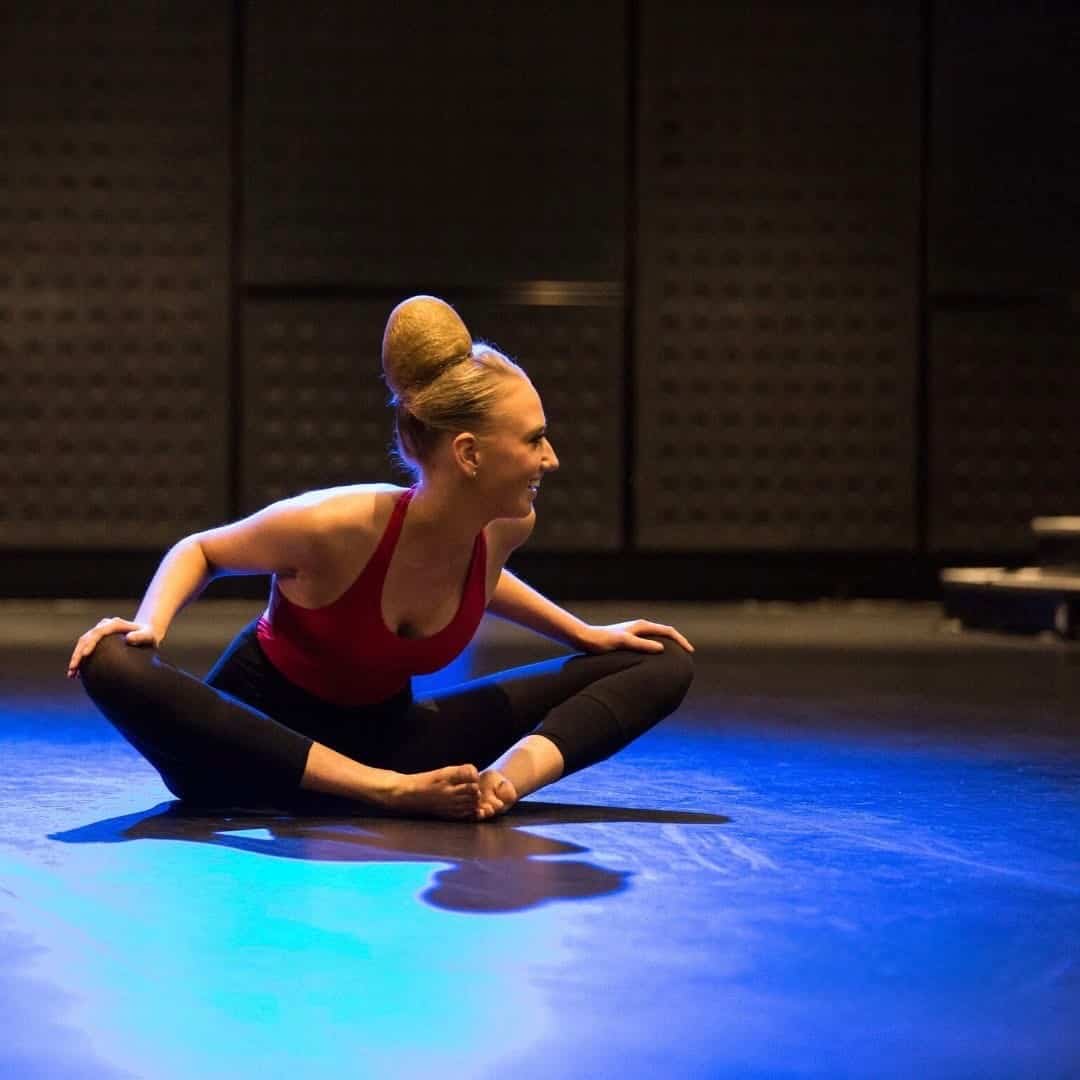As someone who enjoys hybrid-style training and recently completed a HYROX race (with another race coming up in December!!), I can relate to the pressures and stress that comes with being “race ready”, however I know firsthand the importance of managing your training load well. It’s what allows us to push our limits, build resilience and endurance and ENJOY the process – that’s what it’s all about.
Pain and injury doesn’t always mean we have to stop what we’re doing, it means that we need to consider our load and adjust to ensure we are training sustainably. As an Osteo, I want to keep you involved, training hard and feeling your best – whether that be striving to beat a PB, finish a HYROX race, complete a 5km run or your first ever marathon.
So what does “managing load” actually mean?
Put simply, load is the total stress that our bodies experience across all aspects of our lives – training, work, and everything in-between; this also includes factors such as recovery, nutrition and sleep, which is a crucial (and sometimes forgotten) part of our load management!
Our body doesn’t differentiate “gym stress” from “life stress,” therefore it all goes into the same bucket, and we tend to see niggles, injuries and fatigue appear when that bucket begins to overflow. Elements such as hydration, sleep and nutrition can also impact the filling of our bucket. As athletes, we often forget or neglect these factors but they’re just as important as our physical training and might be that 1% that your body is looking for on race day.
As an Osteopath, I’ve noticed that a lot of individuals will seek treatment once their bucket has already started to overflow. Tight hamstrings and calves from increasing running distances too quickly, sore arms and chest from those additional upper-body sessions, fatigue and low back pain from neglecting recovery time following sessions.
There is good news though – by managing your load and utilising regular Osteo treatments, we can prevent that bucket from overflowing and begin training smarter (whilst still training hard!)
How I Train Harder in the Lead up to Race Day
Hybrid training demands a lot from the body as we are constantly shifting gears from strength training, to endurance, speed and back to strength, which challenges all of our systems at once!
Here are my TOP 4 HYBRID TRAINING TIPS that I live by (and often share with my patients):
1. Steady, consistent progression ONLY!
Don’t increase your load (reps, sets, weight) by more than approximately 10% each week. This gives our body the time to adapt and be ready to level up.
Some easy examples of this:
Week 1: Run/swim/cycle – 45 minutes
Week 2: Run/swim/cycle – 50 minutes
Week 1: Shoulder press 3 sets x 10 reps (10kg)
Week 2: Shoulder press 3 sets x 11 reps (10kg)
2. Mix up your sessions.
Don’t train heavy or high-impact sessions back-to-back, it would be smart to follow these sessions up with a light recovery jog, swim or mobility session the following day!
3. Quality over everything else!
Two well-structured, highly focused sessions each week will beat five or six unstructured random sessions. More is not always better!
4. Schedule in Recovery Time
In the same way that I schedule in time for my training sessions, I also schedule time for my recovery. I prioritise time for my recovery walks, mobility routine and regular osteopathic treatments to keep my bucket from overflowing (and to keep my body moving and feeling good!)
Where Does Osteopathy Fit In?
Osteopathy complements these tips and improves load management to support your HYROX, CrossFit and weekend warrior goals by using techniques such as soft tissue massage, joint articulation, dry needling and more to improve your joint and muscle function and address biomechanical or musculoskeletal imbalances. These underlying imbalances might be holding us back on race day, contributing to factors such as early fatigue and heavy legs during runs, lack of explosive plyometric power during burpees or struggling to get enough depth during wall balls! Ultimately, Osteopaths can work with you to enhance your training and recovery and to get keep your body in check!
Managing your training load and prioritising recovery isn’t about “doing less” it’s about building a sustainable base, staying consistent and understanding your body’s limits to support longevity of your training and lifestyle!

Kaitlyn Wallace
Osteopath


